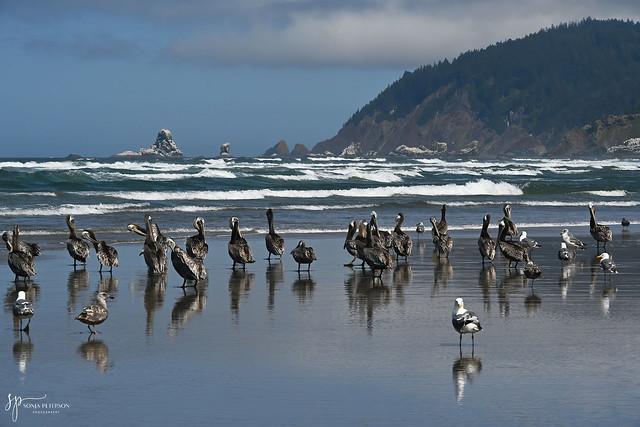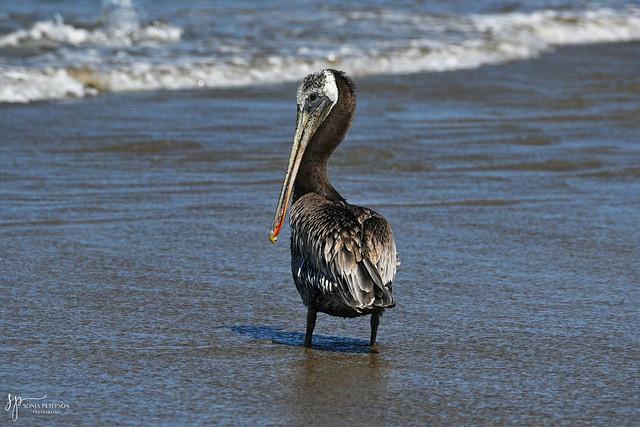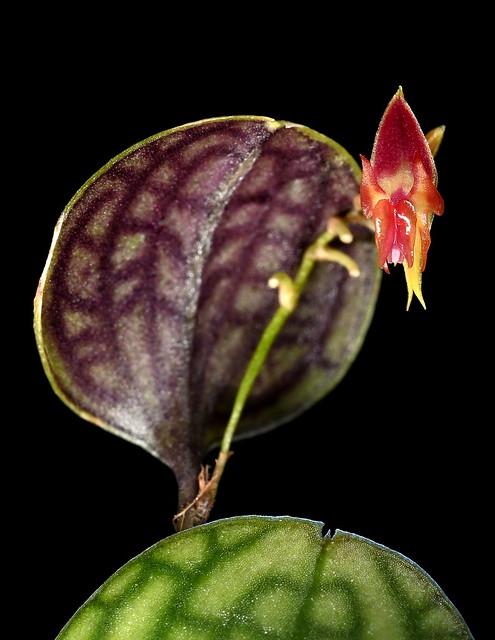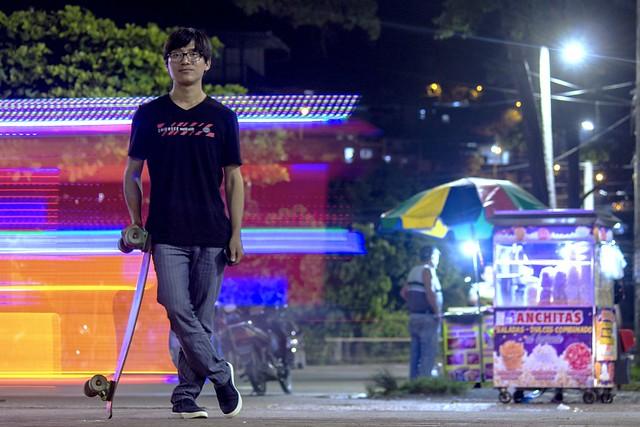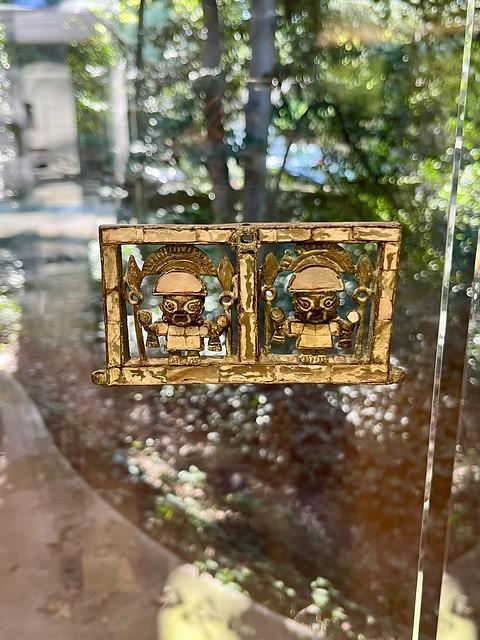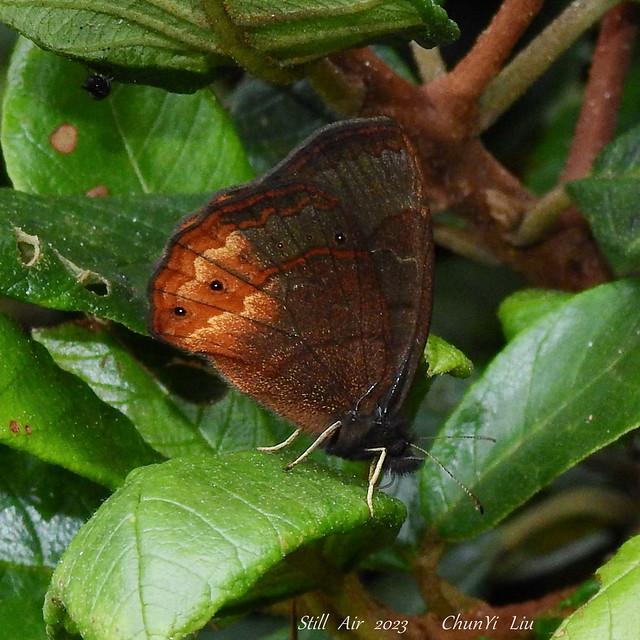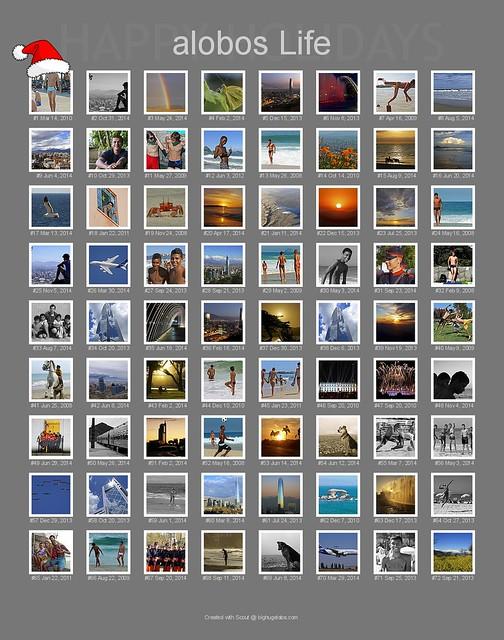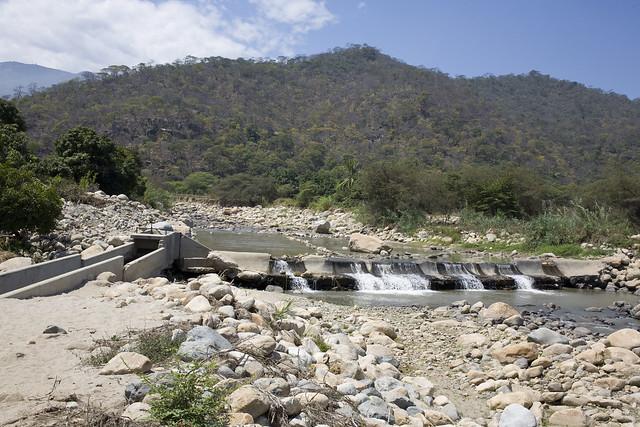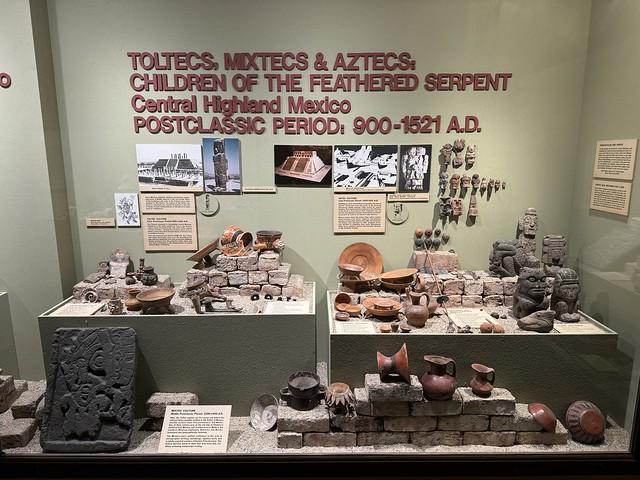Piura
Overview
Overview of Piura, Peru
Piura is a captivating region located in the northwestern part of Peru, known for its rich history, vibrant culture, and stunning landscapes. It is one of the oldest Spanish cities in South America, founded in 1532 by Francisco Pizarro. The region boasts a unique blend of beautiful beaches, desert, and mountains, making it a fascinating destination for travelers. Piura is celebrated for its traditional crafts, including pottery and textiles, and its music and dance, particularly the tondero and marinera. The cuisine here is exceptional, with seafood being a staple, highlighted by dishes such as ceviche and sudado. Piura's warm and welcoming people add to the region's charm, making it an enriching experience for visitors.
Tourism Season and Activities
The best time to visit Piura is during the dry season, from May to November, when the weather is sunny and pleasant, making it ideal for exploring and participating in outdoor activities. This period coincides with the high tourist season when the region comes alive with visitors. The beautiful beaches like Máncora, Vichayito, and Los Órganos are perfect for surfing, sunbathing, and whale-watching tours, particularly between August and October when humpback whales are spotted off the coast. Additionally, the inland areas offer excellent opportunities for hiking and bird-watching, especially in the Cerros de Amotape National Park, which is part of the larger Tumbes-Piura dry forests.
Preparation for Travel
Before visiting Piura, it's important for travelers, especially teenagers, to prepare adequately to ensure a safe and enjoyable trip. Firstly, securing travel insurance is recommended as it covers any unforeseen medical expenses or travel-related issues. Vaccinations may be required, so checking with a healthcare provider well in advance is advisable. Packing should include light clothing suitable for warm weather, sunscreen, a hat, and sunglasses to protect against the sun. Additionally, bringing a basic Spanish phrasebook or having a translation app can be very helpful in enhancing communication with locals, as English is not widely spoken outside tourist areas. Lastly, it's wise to have a reliable travel guide or map and possibly arrange for a local guide to enrich the experience and navigate the region effectively.
How It Becomes to This
History not available

You May Like
Explore other interesting states in Peru
Discover More Area
Delve into more destinations within this state and uncover hidden gems.


